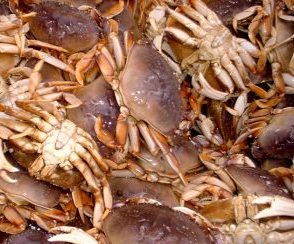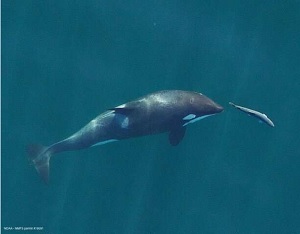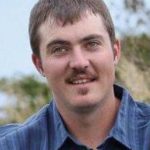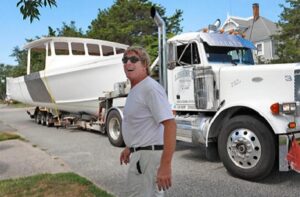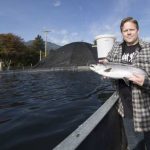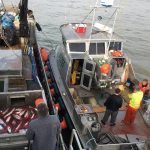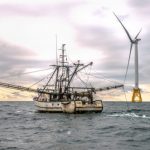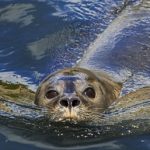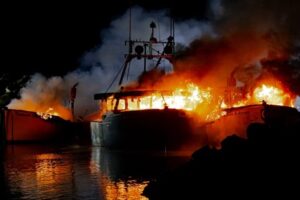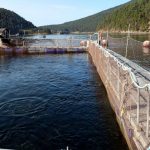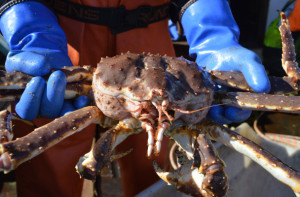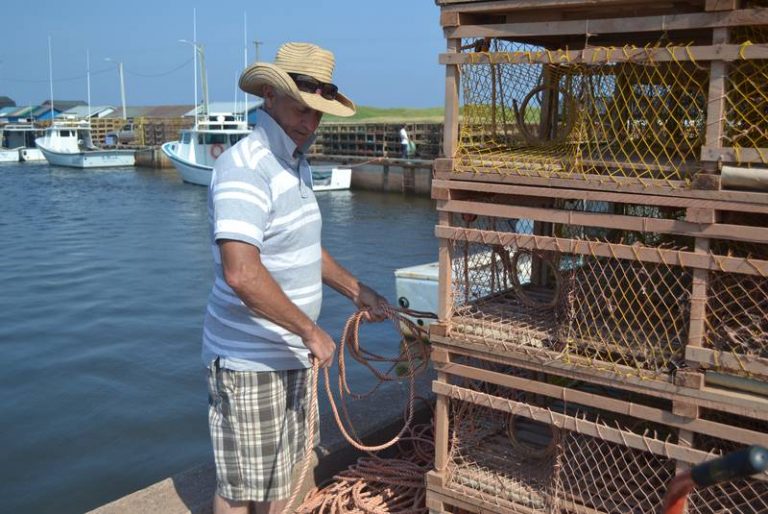Tag Archives: Northwest Fisheries Science Center
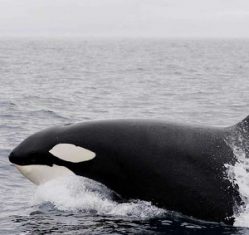
Feds seek expanded habitat protection as salmon, orcas battle climate change, habitat degradation
Advocates for the designation say it provides another layer of review and more legal protection for the whales. “We are thrilled,” said Steve Jones, spokesman for the Center for Biological Diversity,,, However, Lynne Barre, head of killer-whale protection for NOAA, said she did not anticipate big changes if the designation is approved after a public comment period, because activities such as dam operations and fishing already are subject to review by the agency for their effect on endangered species. >click to read< 13:32
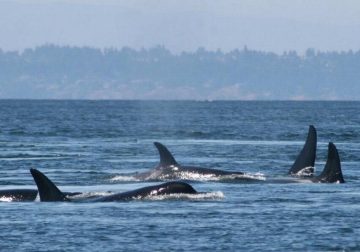
‘Two guys are doing all of the work’: Orcas’ inbreeding may devastate the population
Just two male whales fathered more than half the calves born since 1990 in the population of southern-resident killer whales, a sign of inbreeding, scientists have learned. “It was a shocker to find out two guys are doing all of the work,” said Ken Balcomb, director of the Center for Whale Research and an author on a paper published this week in the peer-reviewed scientific journal Animal Conservation. The findings are based on a new genetic analysis of the whales that frequent Washington’s Salish Sea and Puget Sound. >click to read<20:15
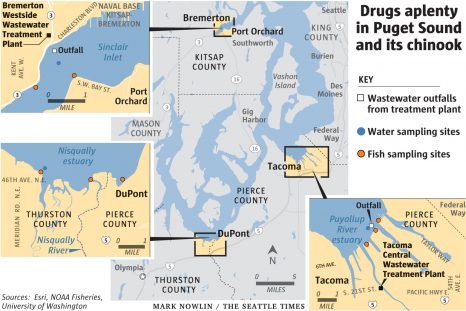
Puget Sound salmon do drugs, which may hurt their survival
Anti-depressants. Diabetes drugs. High-blood-pressure medication. Puget Sound chinook are doing our drugs, and it may be hurting them, new research shows. The metabolic disturbance evident in the fish from human drugs was severe enough that it may result not only in failure to thrive but early mortality and an inability to compete for food and habitat. The research built on earlier work, published in 2016, that showed juvenile Puget Sound chinook and Pacific staghorn sculpin are packing drugs including Prozac, Advil, Benadryl, and Lipitor among dozens of other drugs present in tainted wastewater discharge. >click to read<12:50
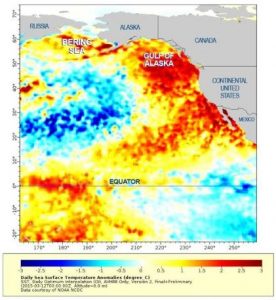
North Pacific Recovering From The Blob, Salmon More Slowly
Ocean conditions off most of the U.S. West Coast are returning roughly to average, after an extreme marine heat wave from about 2014 to 2016 disrupted the California Current Ecosystem and shifted many species beyond their traditional range, according to a new reportfrom NOAA Fisheries’ two marine laboratories on the West Coast. Some warm waters remain off the Pacific Northwest, however. >click to read<07:57
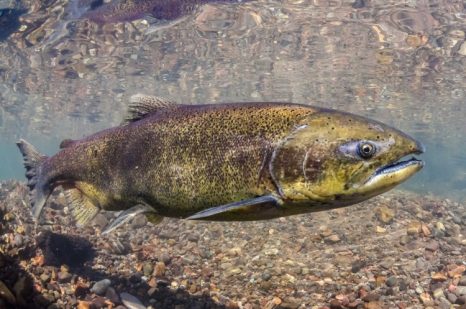
Largest Chinook salmon disappearing from West Coast
The largest and oldest Chinook salmon — fish also known as “kings” and prized for their exceptional size — have mostly disappeared along the West Coast. That’s the main finding of a new University of Washington-led study published Feb. 27 in the journal Fish and Fisheries. The researchers analyzed nearly 40 years of data from hatchery and wild Chinook populations from California to Alaska, looking broadly at patterns that emerged over the course of four decades and across thousands of miles of coastline. In general, Chinook salmon populations from Alaska showed the biggest reductions in age and size, with Washington salmon a close second. >click to read<17:14
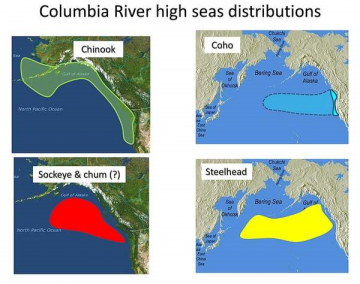
Ghost of ‘the Blob’ haunts Pacific salmon
The initial period after ocean entry for Columbia River basin juvenile salmon and steelhead is when most of the mortality occurs during their lives at sea, so ocean conditions — temperatures and nutrient supplies — during that period are critical to how many of the fish will return to the river as adults one to three years later. The path the fish take after they enter the ocean makes a difference, according Laurie Weitkamp of NOAA Fisheries’ Northwest Fisheries Science Center, Newport Field Station, especially lately with the “strange” ocean conditions. >click here to read< 10:31
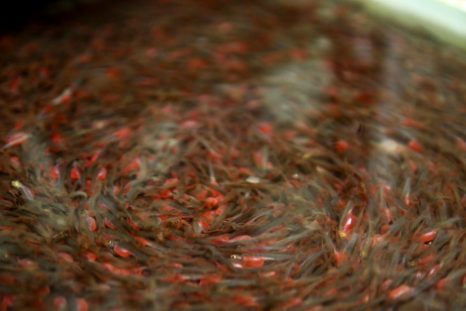
Hatchery Fish Often Fail in the Wild. Now We Might Know Why
Wild salmon are struggling to get their groove back.,, For years, Canada has tried to help bolster the salmon population by releasing hatchery-raised juvenile fish, or smolts, into the wild. Scientists know these hatchery smolts don’t do well in the wild—the fish tend to die younger than their wild brethren and reproduce less, but it’s unclear why. In a recent study, however, researchers think they’ve hit upon a possible explanation.,, In Washington State, hatchery-spawned steelhead also do poorly in the wild. click here to read the story 12:31
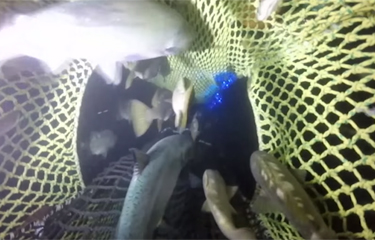
Net-mounted LED lights help reduce bycatch in Pacific hake fishery
LED lights can help reduce bycatch by aiding the escape of Chinook salmon from Pacific hake trawl nets, according to a study done by researchers at the Pacific States Marine Fisheries Commission and the Northwest Fisheries Science Center. The lights influence where salmon exit bycatch-reducing windows in the hake nets, and could increase the total number of salmon that escape, the researchers say. In a series of tests in 2015, the lights seemed to attract the Chinook salmon. During the tests, 86 percent of the salmon that escaped used the openings framed by LED lights. click here to read the story 15:48
Stormwater pollution in Puget Sound streams killing coho before they can spawn
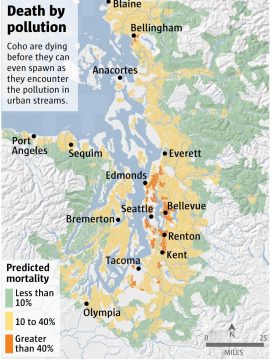 The sweet seep of autumn rain is bringing coho salmon back home to their natal streams all over the Puget Sound basin — where too often they encounter a bitter truth: pollution in a shocking 40 percent of their home range so bad it can inflict a swift death. The culprit is stormwater, and it is causing death rates so high, some populations of wild coho are at risk of local extinction, researchers found.The stormwater problem has long bedeviled the region. click here to read the story 13:14
The sweet seep of autumn rain is bringing coho salmon back home to their natal streams all over the Puget Sound basin — where too often they encounter a bitter truth: pollution in a shocking 40 percent of their home range so bad it can inflict a swift death. The culprit is stormwater, and it is causing death rates so high, some populations of wild coho are at risk of local extinction, researchers found.The stormwater problem has long bedeviled the region. click here to read the story 13:14
A Northwest tribal sovereignty battle, centered on culverts – click here to read the story
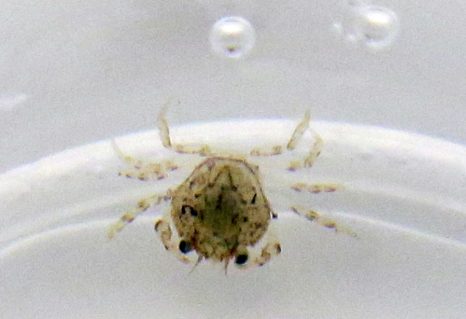
Dungeness crabs – Studies focus on acidic ocean impact
Millions of pounds of Dungeness crab are pulled from Pacific Northwest waters each year in a more than century-old ritual for commercial and recreational fishermen. But as marine waters absorb more carbon dioxide in the atmosphere, federal scientists are worried that the ocean’s changing chemistry may threaten the sweet-flavored crustaceans. So scientists with the NOAA Fisheries’ Northwest Fisheries Science Center are exposing tiny crab larvae to acidic seawater in laboratory experiments to understand how ocean acidification might affect one of the West Coast’s most lucrative fisheries. Research published this year found that Dungeness crab eggs and larvae collected from Puget Sound and exposed to higher levels of carbon dioxide — which increases ocean acidity — grew more slowly and larvae were more likely to die than those in less corrosive seawater. Read the rest here 14:14
Fish found in Washington’s Puget Sound are tripping on cocaine, Prozac, Advil, Benadryl, and Lipitor.
 Unfortunately, there is no aquatic drug dealer responsible for it. Instead, the intoxication is the result of tainted discharge water. Pharmaceutical pollution could be to blame for the many drugs showing up in the tissues of juvenile Chinook salmon. Estuary waters near the sewage treatment plants were found to contain a cocktail of up to 81 different drugs, according to a new study out of the National Oceanie and Atmospheric Administration (NOAA). There are several plausible theories about the Puget Sound’s high concentration of . Jim Meador, an environmental toxicologist at the NOAA’s Northwest Fisheries Science Center in Seattle, published a study that offered two options. Read the rest here 14:03
Unfortunately, there is no aquatic drug dealer responsible for it. Instead, the intoxication is the result of tainted discharge water. Pharmaceutical pollution could be to blame for the many drugs showing up in the tissues of juvenile Chinook salmon. Estuary waters near the sewage treatment plants were found to contain a cocktail of up to 81 different drugs, according to a new study out of the National Oceanie and Atmospheric Administration (NOAA). There are several plausible theories about the Puget Sound’s high concentration of . Jim Meador, an environmental toxicologist at the NOAA’s Northwest Fisheries Science Center in Seattle, published a study that offered two options. Read the rest here 14:03NOAA Northwest Fisheries Science Center Scientists link oil exposure to reduced survival of fish
 Federal scientists may have found a link between the 1989 Exxon Valdez oil spill and a decline of herring and pink salmon populations in Prince William Sound.In a study published Tuesday in the online journal Scientific Reports, researchers from the National Oceanic and Atmospheric Administration found that embryonic salmon and herring exposed to even very low levels of crude oil can develop heart defects. Herring and pink salmon juveniles that were exposed to crude oil as embryos grew slower and swam slower, making them vulnerable to predators, said John Incardona, a research toxicologist at NOAA Fisheries’ Northwest Fisheries Science Center in Seattle, in a prepared statement “In terms of impacts to shore-spawning fish, the oil spill likely had a much bigger footprint than anyone realized.” Read the rest here 15:10
Federal scientists may have found a link between the 1989 Exxon Valdez oil spill and a decline of herring and pink salmon populations in Prince William Sound.In a study published Tuesday in the online journal Scientific Reports, researchers from the National Oceanic and Atmospheric Administration found that embryonic salmon and herring exposed to even very low levels of crude oil can develop heart defects. Herring and pink salmon juveniles that were exposed to crude oil as embryos grew slower and swam slower, making them vulnerable to predators, said John Incardona, a research toxicologist at NOAA Fisheries’ Northwest Fisheries Science Center in Seattle, in a prepared statement “In terms of impacts to shore-spawning fish, the oil spill likely had a much bigger footprint than anyone realized.” Read the rest here 15:10
Study says natural factors, not humans, behind West Coast warming
 “The North Pacific hasn’t been this warm ever, as far as anyone knows. It’s really strange,” said Bill Peterson, oceanographer with NOAA’s Northwest Fisheries Science Center in Newport, Ore. “It looks like an El Nino, but it really isn’t. We don’t really know what it is.” For the moment, oceanographers and atmospheric scientists don’t see a link to human-caused climate change, but also say what they’ve seen doesn’t match other recognized patterns in ocean conditions. Read the rest here 09:53
“The North Pacific hasn’t been this warm ever, as far as anyone knows. It’s really strange,” said Bill Peterson, oceanographer with NOAA’s Northwest Fisheries Science Center in Newport, Ore. “It looks like an El Nino, but it really isn’t. We don’t really know what it is.” For the moment, oceanographers and atmospheric scientists don’t see a link to human-caused climate change, but also say what they’ve seen doesn’t match other recognized patterns in ocean conditions. Read the rest here 09:53
Unusual North Pacific warmth jostles marine food chain
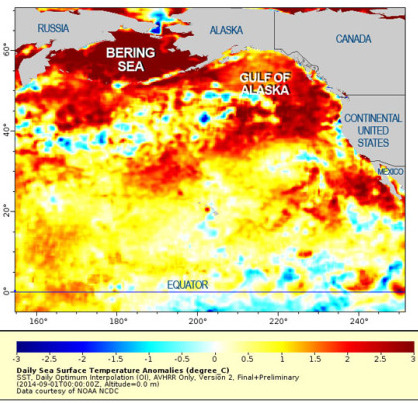 Indeed, there are three warm zones, said Nate Mantua, leader of the landscape ecology team at the Southwest Fisheries Science Center: The big blob dominating the Gulf of Alaska, a more recent expanse of exceptionally warm water in the Bering Sea and one that emerged off Southern California earlier this year. Read the rest here 08:33
Indeed, there are three warm zones, said Nate Mantua, leader of the landscape ecology team at the Southwest Fisheries Science Center: The big blob dominating the Gulf of Alaska, a more recent expanse of exceptionally warm water in the Bering Sea and one that emerged off Southern California earlier this year. Read the rest here 08:33
March 25-26 – Northwest Fisheries Science Center’s 4th Science Symposium in Seattle, Washington – Webinar Broadcast
Join us for the Northwest Fisheries Science Center’s 4th Science Symposium, taking place at NOAA’s Western Regional Center in Seattle, Washington. Read information here Webcast instructions here 10:12






